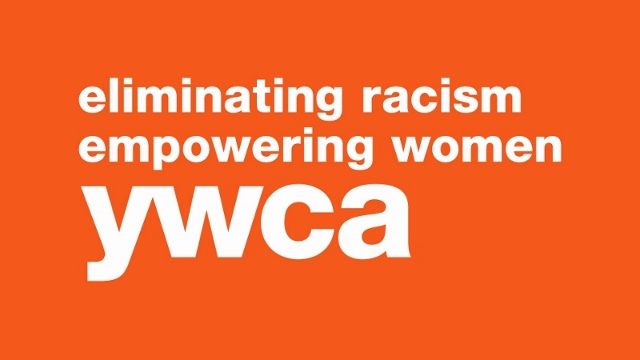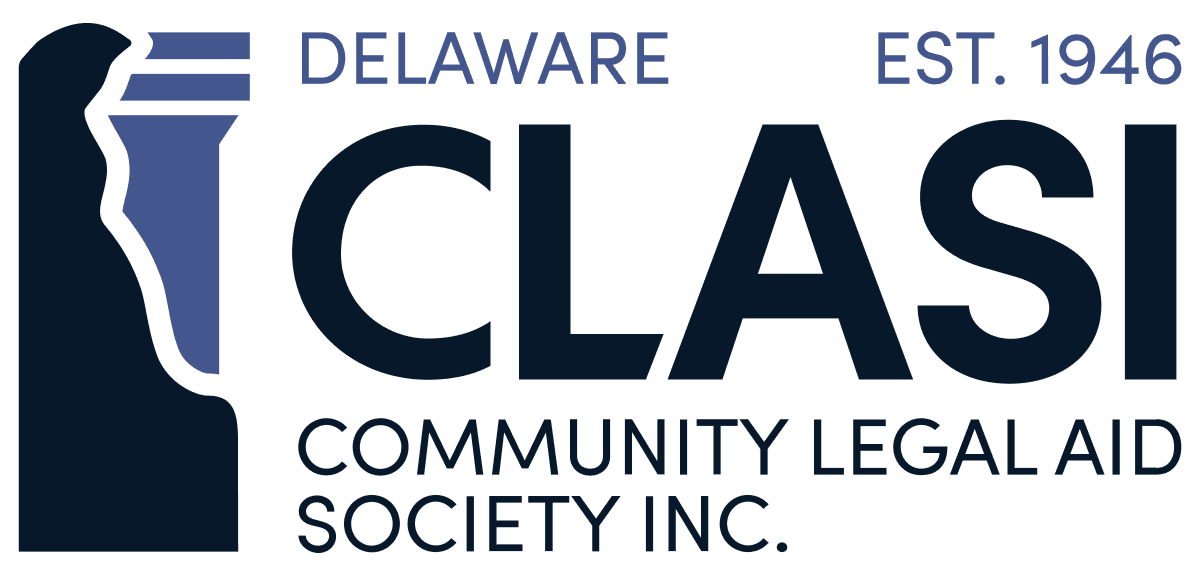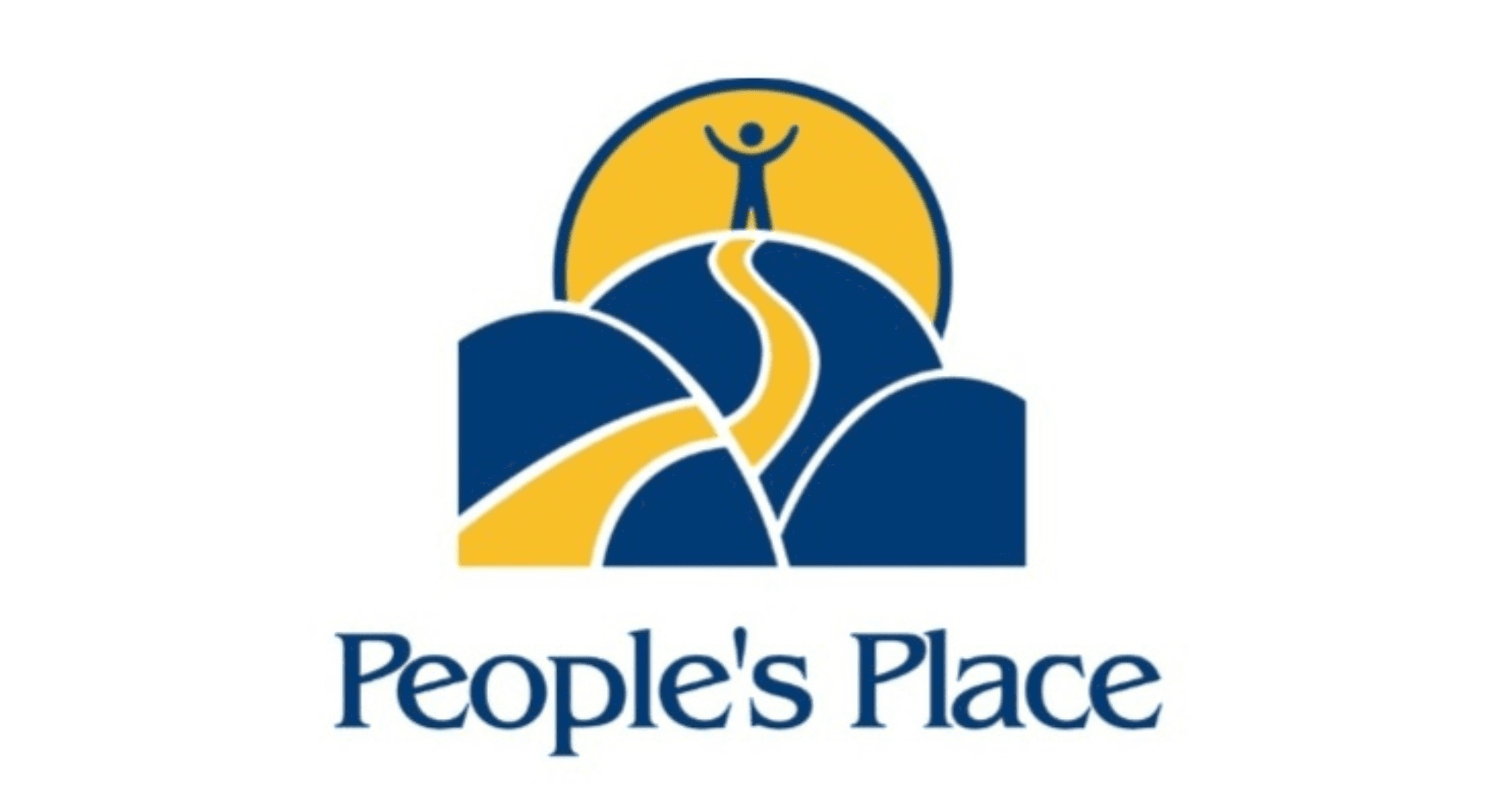There are several policies that the government, workplaces, corporations, and the financial sector can implement to promote economic justice which can ultimately influence healthy communities and healthy economies. These economic justice policies can serve as protective buffers against domestic violence to reduce the likelihood that violence may occur in partnerships and families.
In 2020, DCADV conducted a policy scan to identify policies in Delaware and beyond that contribute to economic justice and security. We’ve identified three areas that can enhance the economic justice and security efforts across the state. (Please note: This is not an exhaustive list.)
Workplace Policies
Paid time off and family leave: Paid time off and leave policies protect jobs and the financial status of employees. Paid leave policies are beneficial to all employees, but especially to parents and caregivers due to it granting time to attend to personal responsibilities while maintaining financial support and the ability to remain engaged with the workforce, for example, picking up children from childcare or attending medical appointments. This continued participation in the workforce as a result of paid and family leave policies ensures that people are able to financially provide for themselves and their family which contributes to healthy economics and communities. In addition, the workplace can play a key role in supporting survivors as they seek safety and address the violence in their lives. Paid leave polices can also minimize discrimination that survivors may face, while also holding their job to ensure financial security.[i]
Equal pay: Instituting workplace policies that provide livable wages ensures that individuals do not have to work multiple jobs to provide for themselves and their families. Unfortunately, it has been common practice for women to receive less pay than men for performing jobs that require similar skill sets. Equal pay policies ultimately promote gender equity which produce healthy economies.[ii]
Lactation-friendly workplace: Lack of lactation supports is often identified as a barrier to parents staying in the workforce. Private space, adequate storage, and time to pump or nurse have been identified as needs of working lactating parents.
In 2022, DCADV published our White Paper Economic Justice as a Framework for Violence Prevention, identifying Lactation-Friendly Workplaces as a strategy for a more economically-just and safe workplace. Establishing comprehensive lactation policies contributes to parents' continued participation in the workforce, leading to increased productivity and overall staff satisfaction.
In an effort to lead by example, DCADV worked to establish our own Lactation-Friendly Workplace Policy that reflects our values as an organization and our commitment to supporting staff and volunteers of the coalition. We hope that this policy will be a model for other employers in Delaware, including our member programs and community partners.
Government & State Level Policies
Affordable healthcare access: Expanding healthcare access will allow more hard-working individuals who fall within the coverage gap a chance to qualify for and receive health insurance. This expansion will provide more people with access to preventative health care and life-saving medications which influence positive health outcomes and greater quality of life.[iii] Receiving preventative care will enable illnesses to be prevented or recognized early on which will allow for more effective treatments that may move an individual back to health and continued involvement in the workforce. Access to health insurance can ensure that all people are healthy enough to contribute more fully to the workforce and, in turn, strengthen our economy.
Adequate, quality, and affordable child care: Expanding government policies that support childcare subsidies for those in need would lessen the financial burden childcare often places on parents and guardians.[iv] Creating policies that support affordable access to childcare can help ensure that parents can remain in the workforce and ultimately contribute to thriving families, communities, and economies.
Financial Institution Policies
Fair lending policies: Predatory lending practices are estimated to cost Americans nearly $25 billion a year. They also promote an endless cycle of debt for many including survivors of domestic violence. Ending predatory payday lending practices would help build a foundation of financial well-being, and contribute to achieving greater financial and social stability, both at the individual and community levels.
Financial Empowerment Programs: The Centers for Disease Control and Prevention (CDC) indicate that poverty creates risks for sexual and intimate partner violence to occur.[v] Financial institutions can collaborate with community-based organizations to support financial literacy and finance-building programs that include microloan programs to enable a family to weather a financial storm while also allowing them to build credit once repaid. Other efforts include credit building and credit repair programs to enable the recovery and maintenance of financial wellbeing.
Citations
[i] Rossin‐Slater, M., Ruhm, C. J., & Waldfogel, J. (2013). The effects of California's paid family leave program on mothers’ leave‐taking and subsequent labor market outcomes. Journal of Policy Analysis and Management, 32(2), 224-245.
[ii] Oelz, M., Olney, S., & Tomei, M. (2013). Equal pay: An introductory guide.
[iii] Collins, S. (2016). Medicaid Expansion: Through a Health Equity and Economic Justice Lens. Retrieved September 23, 2020, from http://www.amchp.org/AboutAMCHP/Newsletters/Pulse/MayJune2016/Pages/Medicaid-Expansion-Through-a-Health-Equity-and-Economic-Justice-Lens.aspx
[iv] Showalter, K., Maguire-Jack, K., Yang, M. Y., & Purtell, K. M. (2019). Work outcomes for mothers experiencing intimate partner violence: The buffering effect of child care subsidy. Journal of Family Violence, 34(4), 299-308.
[v] Risk and Protective Factors|Intimate Partner Violence|Violence Prevention|Injury Center|CDC. (2019, October 08). Retrieved from https://www.cdc.gov/violenceprevention/intimatepartnerviolence/riskprotectivefactors.html




